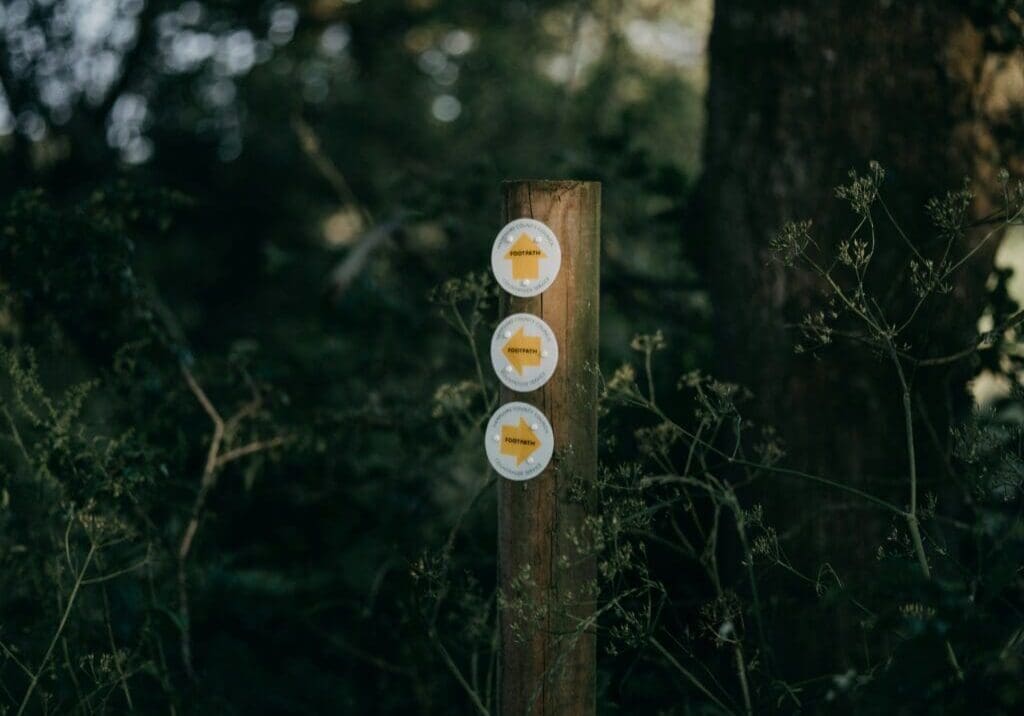Green Ibex
Knowledge Hub
Net zero ready: What it means and how to get there in 5 simple steps
Net-zero readiness and your business
Is your business prepared for the net zero era? Sustainability and net zero have quickly turned from mere buzzwords into legal requirements. European companies of a certain size (and those with a footprint or operations in the EU) are now legally obliged to report on a wide array of sustainability parameters under the Corporate Sustainability Reporting Directive (CSRD). Organisations of all sizes need to ensure they’re keeping pace, but a question we get asked all the time is, how do you know where to even start?
This sense of urgency can be overwhelming. And the flood of fragmentary information out there sure doesn’t help. There’s no shortage of articles and case studies on net zero that leave you scratching your head and wondering what it all means for your business.
We hear or read about companies doing great things with net zero all the time. Yet these examples often fall short in offering practical insights into the early days of the journey to reducing emissions.
What are those first steps businesses take that get overlooked in news stories? And how can you replicate them for success in your business?
Whether you’re just beginning your net-zero journey or revisiting an existing strategy, here’s a tried and tested toolkit you can use to get unstuck – a few simple but essential steps you can action today to understand your readiness and make progress without delay.
Step 0: Get from zero to one
Before you can head towards net zero, you need to know how to get from zero to one. That is, to assess your level of readiness so you know where to focus initially.
Jonathan Jones
Do you go straight into calculating your emissions? Or do you take a step back, audit your capacity and internal capabilities, and only then dive into a work programme of this scale?
This is the bit where most people go wrong. They pick up an off-the-shelf carbon calculator or work with one of the hundreds of carbon accounting firms that get in touch every week, without fully understanding what’s involved. Even for small businesses, a simple carbon assessment can turn into a huge data gather and data clean-up exercise that involves multiple departments and can span weeks or even months.
Skip the discovery exercise, rush into calculations and you’ll likely end up with poor quality data – and having to reset your baseline years later. Your carbon accounting engine ends up dictating your strategy. Instead, you can focus on what matters for your business by taking time to collect better data and drive better outcomes.
You can review your company structure, your teams, and check who is best placed and willing to drive this. Pick a few people, have informal chats, ask for their expertise. You can even do this over Teams/Slack or over the phone.
Another place where people get it wrong is hiring a sustainability lead without any plan or budget to support them. Yes, it’s good as it signals commitment to the outside world. We get that there is pressure to do things quickly. It can be tempting, especially if your country is anything like the UK where the net zero economy grew 9% in 2023. But this person will quickly get overwhelmed if they’re not given the support they need to drive your strategy.
When hiring a senior sustainability lead, think about adding one or two more junior people around them. Or give them the budget and flexibility to engage specialist partners at the start.
Step 1: Agree your objectives
Now think about getting a cross-functional team together – a representative from each function that can put forward ideas and concerns.
Get people talking and on the same page as to what you want from a sustainability exercise. Do you need to put together a carbon reduction plan? Are you going for an industry-specific sustainability certification?
Set clear objectives and understand your ‘why’ – the driving forces behind this. Is it to build business resilience or gain advantage over competitors? Are you managing risk, entering a new market, or raising investment? Gaining clarity on anticipated benefits and desired outcomes will help you stay focussed. Aligning goals means you set a solid foundation for the rest of your sustainability journey.
Step 2: Craft a high-level plan
Now that you have established your goals, it’s time to figure out how you’re going to get there. In this step you will create a high-level and pragmatic roadmap with milestones. Start by identifying low-hanging fruit. If you’re in the UK, use the Government’s net zero strategy as your North Star and as an industry benchmark – but of course, tailor your budget to your goals and resources.
What are some quick wins that are under your control and that you can implement with minimal effort? For example, replace business-as-usual consumables with sustainable alternatives to save energy, such as LED lighting. Or put in place waste reduction strategies such as composting programs. These little changes will help kick-start your carbon reduction journey, save you money and create momentum.
Step 3: Check data and align processes
Sometime in the previous century, Peter Drucker – a pioneer in modern management theory, said: “What gets measured, gets managed”. In the sustainability world, the highlight is on the accuracy of this measurement. Make sure you’re working with the right information.
Do a thorough review of your data collection processes – you might need to implement systems for real-time monitoring, or get your hands on good data analytics tools. The goal is to collect accurate data and align your internal processes and workflows. Only then you can make informed decisions with confidence.
Step 4: Choose tools and support that are fit for purpose
What tools and resources are you going to need to meet your objectives? This might require advisory services, ramping up internal resources, or delivery support – or perhaps a mix of all three.
At the start you’ll likely have to gather and analyse existing data. Not all carbon calculating and reporting software is made equal – so find one that’s fit for the job you have. For SMEs in the EU, there’s a free carbon calculator. If you’ve done the previous steps, you’ll know how to use it mindfully and make it work for you.
What internal knowledge do you already have? How about the skillsets already in your organisation? Does your team need more training? Do you need to bring in experts to shape your strategy? These are all things to consider.
You might decide to engage specialist ESG advice and expertise to accelerate progress. Or sign up to be a member of an industry body or an online community and benefit from that network. And remember – at the heart of a successful decarbonisation is accurate monitoring of progress and outcomes.
Step 5: Bring teams on board
Tell your team what you’re doing and why it matters. Communicate the rationale behind your carbon reduction plan and be clear on what it means for your people.
Any change, even a positive one, can stir up feelings of uncertainty. If you’re adding sustainability KPIs or OKRs to certain teams, equip them with the tools they need to be successful. Provide training and education opportunities to increase awareness. A sense of ownership and collective responsibility can motivate your team to embrace your sustainability strategy.
Keep the momentum
After completing these steps, you’ll have a clearer picture of your net-zero readiness and where you currently stand in your sustainability journey.
Hopefully, this has given you something you can take away and apply to your business today. And should you need a helping hand, regardless of which step you’re at, we’re at arm’s length.
At Green Ibex, we have a discovery package that goes through each step – so you’re confident you’re doing net zero in a way that feels right for you. We’ll understand your emissions, then set clear goals and take practical steps to reduce them. We work with you to shape your roadmap into an actionable plan – while ensuring every move is well-defined, efficient and accountable.
Share this article
Get in touch
Let’s prepare for the future together
We can tailor services to meet your particular needs. Complete the form or email us and and we can discuss your specific requirements.
Registered Address
71-75 Shelton Street,
London,
WC2H 9JQ,
United Kingdom





